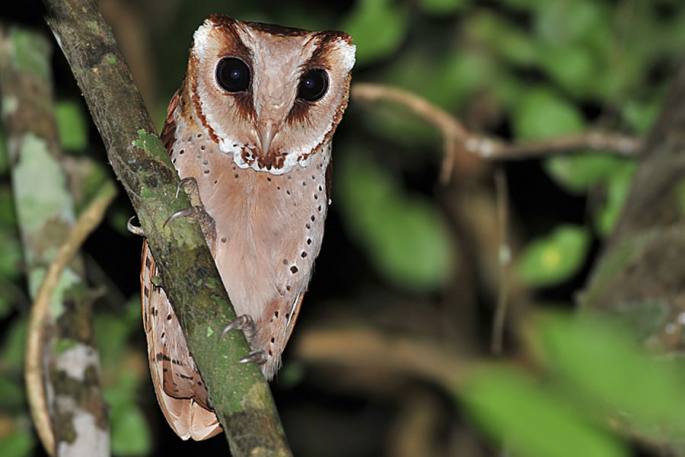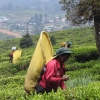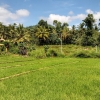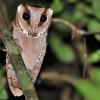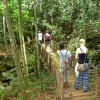About four types of owl that you may see
-
Serendib Scops Owl
The habitat of the Serendib Scops Owl is in the southern rainforests of Sri Lanka. It usually lives at an altitudinal range of 30 to 50 metres. This owl has no competition from other nocturnal birds since its territories are completely different. This species has a very small population. At the end of January 2006 only 80 of them were known to exist. The Serendib Scops Owl is expected to be found in five protected areas, like the Forest Reserve or the Proposed Reserve by Sri Lanka. They seem to be declining because of the loss of habitat and the degradation of rainforests. The first two hours of darkness is when the owl hunts for its food.
-
Oriental Bay Owl
The Oriental Bay Owl is a relatively small unusual looking owl with short rounded wings. It is also known as the Asian Bay Owl. The feathers of the rim are tipped blackish and chestnut-brown. The forehead is V-shaped and pale brownish-grey, with the upper part of the 'V' reaching the crown, giving the frontal shield a triangular aspect. Eyes are dark brown or brownish-black, and relatively large. The eyelids are whitish. The bill is creamy-yellow or pinkish-horn.
The Oriental Bay Owl is a nocturnal bird, roosting during the day in holes and hollows in tree trunks, or perched on a branch sheltered by palm leaves or beneath a thick horizontal bend of rattan, usually no more than about 2 metres above the forest floor. This owl is not alert when roosting and is easily approached.
A typical song is a series of 4 to 7 loud, melancholic whistles, given at about 2 notes per second. The call can last 2-8 seconds, and starts loud, with the later notes rising slightly in pitch. These phrases are often repeated many times, sometimes in a descending sequence. These whistles sometimes alternate with a series of different and shorter whistles, kleet-kleet-kleet or kleek-kleek-kleek as the bird moves from place to place. These owls can be very vocal during the breeding season, particularly after midnight.
The Oriental Bay Owl feeds on small rodents, such as rats, mice, bats, birds, lizards, frogs, and large insects such as beetles and grasshoppers. They hunt from a perch, flying through dense areas of young trees beneath the forest canopy to make a kill. This is made possible by their relatively short and rounded wings. They also tend to hunt near water.
-
Sri Lankan Bay Owl
The Sri Lanka Bay Owl is a relatively small unusual looking owl with short rounded wings. It is also known as the Ceylon Bay Owl. The facial disk is V-shaped and coloured vinaceous-pink, though this colouring does not reach the top of the crown. There are dark, vertical patches on the face that "go through" the brownish-black eyes. The bill is yellowish.
Upper parts are dark chestnut, densely speckled with black and white, with a golden collar on the hindneck and golden patches on the scapulars. Wings are heavily barred dark, and the tail has 8-10 narrow dark bars. The underparts of this owl are pale brownish-yellow, with many black and white spots. The legs are relatively short and feathered to the base of the bare toes, which are coloured pale greyish-brown with dirty whitish to pale grey claws. The Sri Lanka Bay Owl is a nocturnal bird.
-
Sri Lankan Frogmouth
The Sri Lankan Frogmouth is rarely seen during the day except at roost sites. It regularly uses the same roost spot for months. When alarmed at its perch, it slowly moves its head, pointing its bill upward in an attempt to camouflage as a broken branch. It will often sit still for a long time before making an escape. It may open its mouth wide in a threat display. It feeds on insects, catching them in flight or picking them from the ground or tree branches. It is sometimes mobbed at its day roost by small songbirds. It is vocal at dusk, the call of the female being a loud, screechy "shkeerauuw" which drops in volume and ends is a series of hiccups. Another call is a series of rapid "skwar-skwar-skwar" which is produced by both males and females.
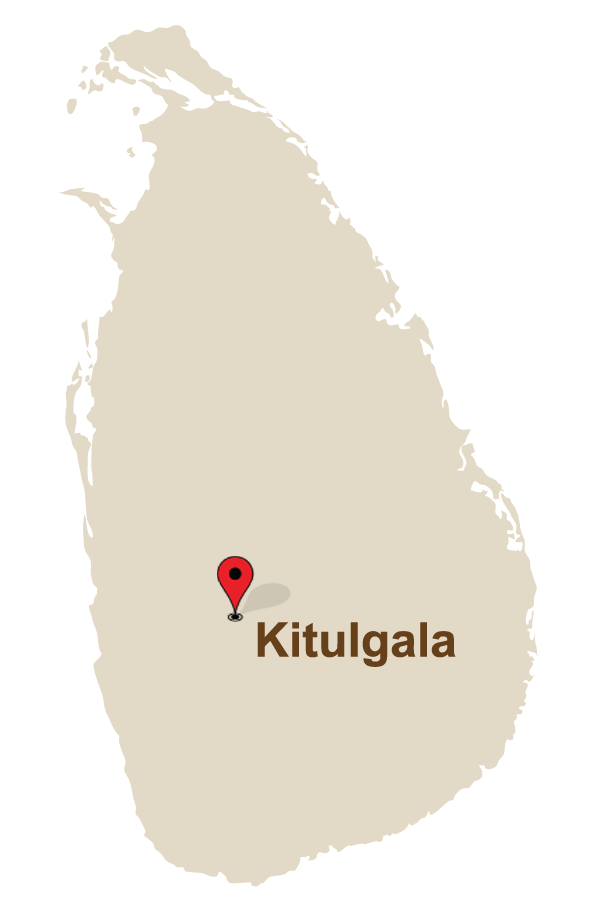 Night Walk - Makandawa Rain Forest
Night Walk - Makandawa Rain Forest
